How to Drive at Night for Beginners
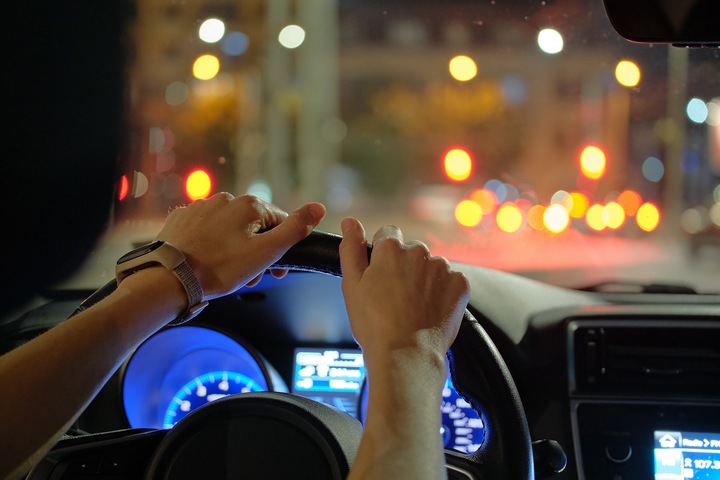
For a beginner, driving alone on the road can be nerve-wrecking those first few times, even more so if you find yourself in a situation where you have to drive at night.
As nervous or anxious as you may feel, driving on your own is something you have to bite the bullet and go through. You have to find a way to work through your fears and just do it. This is the only way that you will gain the confidence you need to drive in any situation, whether you’re alone or not.
However, driving alone at night is very different from driving during the day. Even people who do not have vision impairment issues such as night blindness report feeling less confident while driving at night. So don’t worry, you’re not the only one who feels less confident on the road at night.
When you factor in everything else like poor visibility at night, bad weather or exhaustion, the dangers involved when driving at night are much higher than they are during the day. So, what do you do if you have to drive at night and you’re nervous as heck about it?
Here is a guide on how to drive at night for beginners:
Turn on your headlights
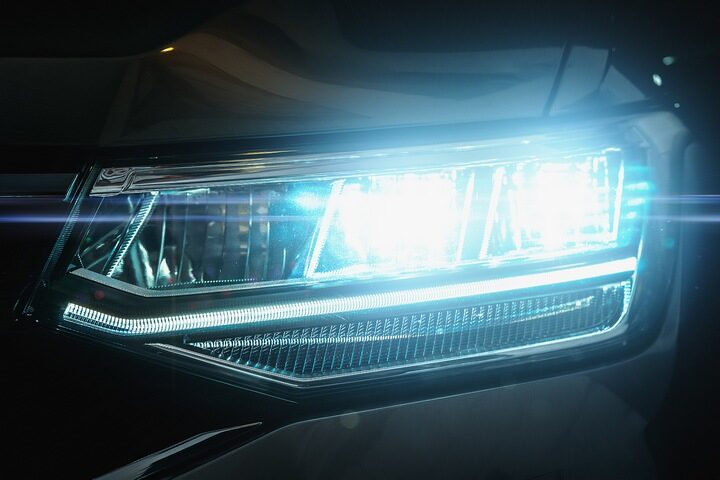
You would be amazed at how turning on the headlights is so often overlooked. Even the most experienced drivers have found themselves in an “oops” moment where they suddenly realize they’ve been driving without your lights on.
Automotive lighting is essential to nighttime driving, even if you live in a brightly lit area. When you reach those dark streets, you need your headlights to work as intended. The first thing to do when you get in your car? Buckle your seatbelt, turn on the engine and immediately turn on the headlights.
Turn on your taillights
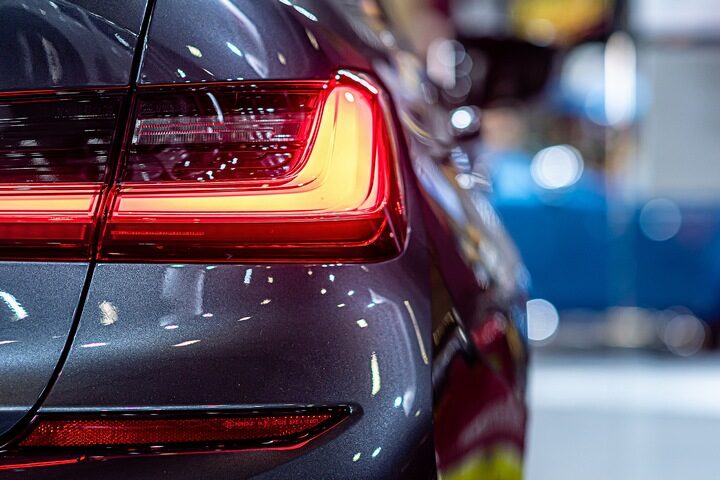
Did you check that your taillights are in working order? When you’re driving at night, your taillights are your best friend on the road, especially for the driver behind you. Your car’s taillights are situated above the bumper on the back of the vehicle. They are red, accompanied by white lights beside them that come on when your car is in reverse. When driving, tail lights alert other drivers to your presence, allowing you to travel securely in the dark.
They turn on and off in sync with your headlights. So, whether you switch on your headlights manually or turn on automatically, your taillights will glow either way. Reflective material is used with some taillights to make them look brighter and bigger.
Avoid tailgating when you drive at night
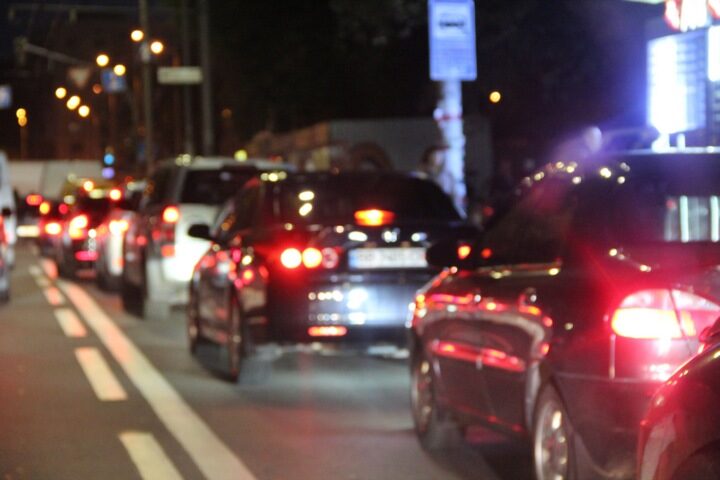
Whether you’re driving at night or during the day, driving too close to the car in front of you is never a good idea. This harmful habit should be avoided even more when it’s dark outside, and you’re already compromised where visibility is concerned.
There are several reasons why tailgating is a bad idea while driving at night. For one thing, you make the other driver in front of you uneasy, which increases the likelihood that he or she may react inappropriately to something on the road and cause a collision.
Another reason you should aim to increase the distance between you and the vehicle in front of you because at night, you might be slower to react and respond. During the day, you can see much better and, as a result, you can respond better to any problems on the road or off to the side. At night, you usually won’t spot trouble until it’s too late, so why take that risk? If there was ever a time to keep a distance, it is now.
Never drive at night if you’re sleepy

There is never a good reason to drive at night if you’re sleepy or tired. Anything that needs to be done can wait until tomorrow. If you’re feeling even the slightest bit tired, don’t get behind the wheel at night—end of discussion. Nothing is worth risking your life for.
Stay away from lights
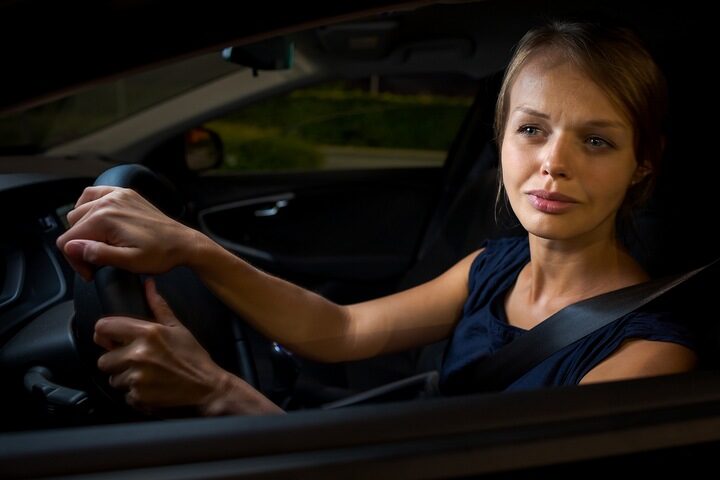
Well, the oncoming car’s lights, to be more specific. At night, bright lights might substantially interfere with your attention and focus. Some people have blurred vision after looking at bright lights and then looking away to make matters worse.
Your eyes need time to adjust, and at night, they are used to the dim lights of the instrument panel in your car. Keep your eyes on the road ahead and resist the urge to look directly at the headlights of another oncoming car while you’re driving at night. The only job you have is to pay attention to what is directly in front of you. The road and the car in front of you.
